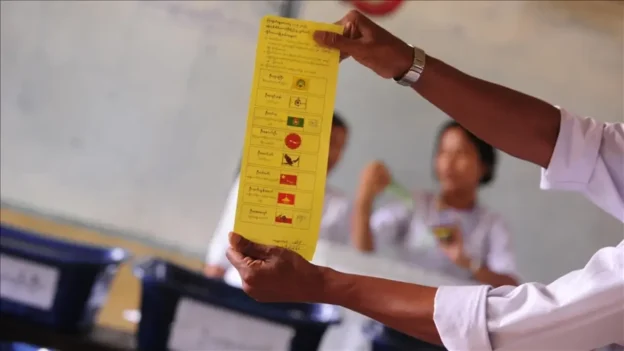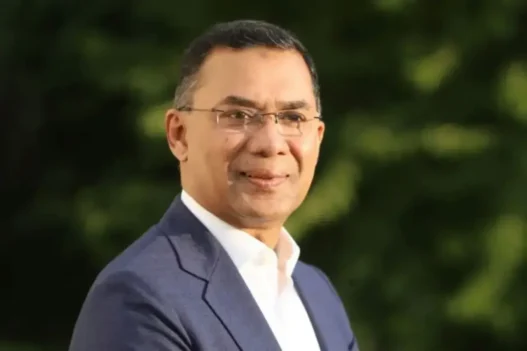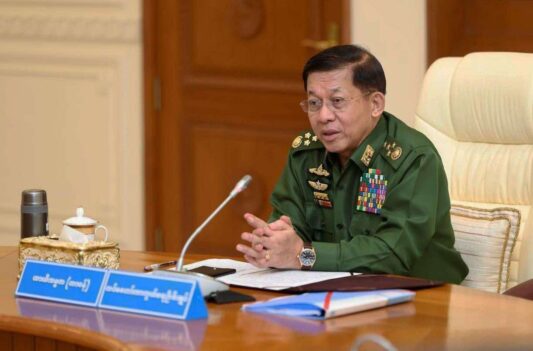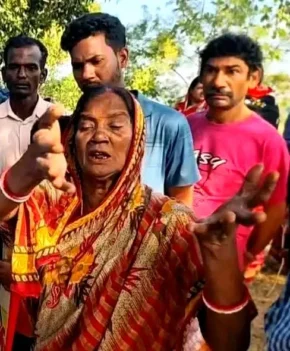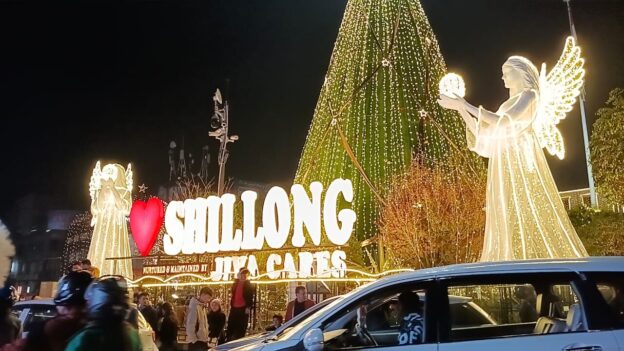The long-standing demand for a separate Garoland state has once again been taken to New Delhi. On Tuesday, a delegation of the Garoland State Movement Committee (GSMC), led by acting chairman Balkarin Ch. Marak, met Union Tribal Affairs Minister Jual Oram and submitted a memorandum urging the creation of Garoland under Article 3 of the Constitution, which empowers Parliament to reorganise state boundaries and form new states.
The delegation included publicity secretary Chevibirth Koknal, assistant general secretary Tony Balsam Ch. Marak, executive member Amresh Ch. Marak, and organising secretary Jason Tekrang. Their memorandum not only revived the statehood plea but also highlighted pressing governance issues in the Garo Hills Autonomous District Council (GHADC), where over 1,350 employees have been deprived of salaries for 43 months, crippling the council’s functions under the Sixth Schedule.
They also sought infrastructure development, cultural recognition, and the revival of traditional institutions through the construction of Nokpantes (bachelors’ dormitories) for all 12 Garo sub-tribes. Minister Oram assured the delegation that the matter would be examined in line with constitutional provisions.
A movement with deep roots
The aspiration for Garoland is not new. As early as 1895, Garo leader Sonaram R. Sangma voiced the need for a distinct homeland during colonial times. Post-independence, leaders such as Mody K. Marak and Emonsing M. Marak carried the idea forward, envisioning a unification of Garo-inhabited areas across Assam and the Mymensingh region (now in Bangladesh).
Although the formation of Meghalaya in 1972 sought to accommodate both Khasi-Jaintia and Garo identities, many Garos continue to feel that their distinct cultural and developmental needs remain sidelined. The proposed Garoland, according to GSMC, would include 24 of Meghalaya’s 60 Assembly constituencies, concentrated in the five districts of the Garo Hills, home to nearly 9 lakh of Meghalaya’s 12 lakh Garos.
Past mobilisations: From Delhi to Shillong
The present appeal follows a pattern of earlier mobilisations. In August 2017, the Garo Hills State Movement Committee (GHSMC) — a conglomeration of Garo organisations including the Garo National Council (GNC) — had submitted a memorandum to Prime Minister Narendra Modi, as well as to then President Ram Nath Kovind and Home Minister Rajnath Singh. The committee framed its demand on the linguistic lines of the States Reorganisation Act, 1956, and invoked Article 29(1) of the Constitution, which protects the rights of communities to preserve their distinct language, script, and culture.
A year later, in 2018, the GSMC staged a massive rally in Shillong, drawing hundreds of participants to the parking lot near the Additional Secretariat. The rally was bolstered by support from the GNC, the A’chik Holistic Awakening Movement (AHAM) led by former GNLA chief Champion R. Sangma, as well as the Garo Students Union (GSU), the A’chik Youth Council (AYC), and the Mothers’ Union (MU). Leaders at the time stressed that despite decades of peaceful coexistence with the Khasi community, the Garos were “totally different in terms of language, culture and tradition” and warned that Garo Hills would remain mired in “backwardness” without statehood.
An unfinished struggle
From Sonaram R. Sangma’s petition in 1895, to the GHSMC memorandum in 2017, the Shillong rally in 2018, and now the Delhi submission of 2025, the Garoland movement has persisted across generations. For its supporters, statehood represents not only administrative reorganisation but also a long-denied recognition of identity and an opportunity to address chronic developmental neglect.
Whether this renewed push will prompt the Centre to act remains uncertain. Yet the message is clear: for the Garo people, the call for Garoland is not a forgotten slogan of the past — it is an enduring aspiration that continues to shape their political future.



